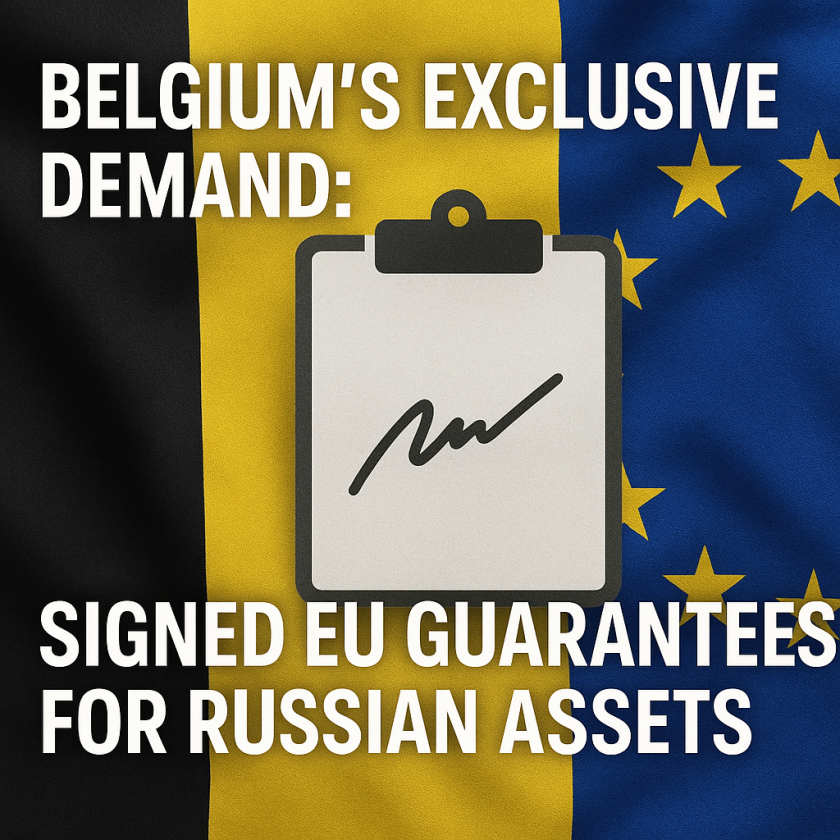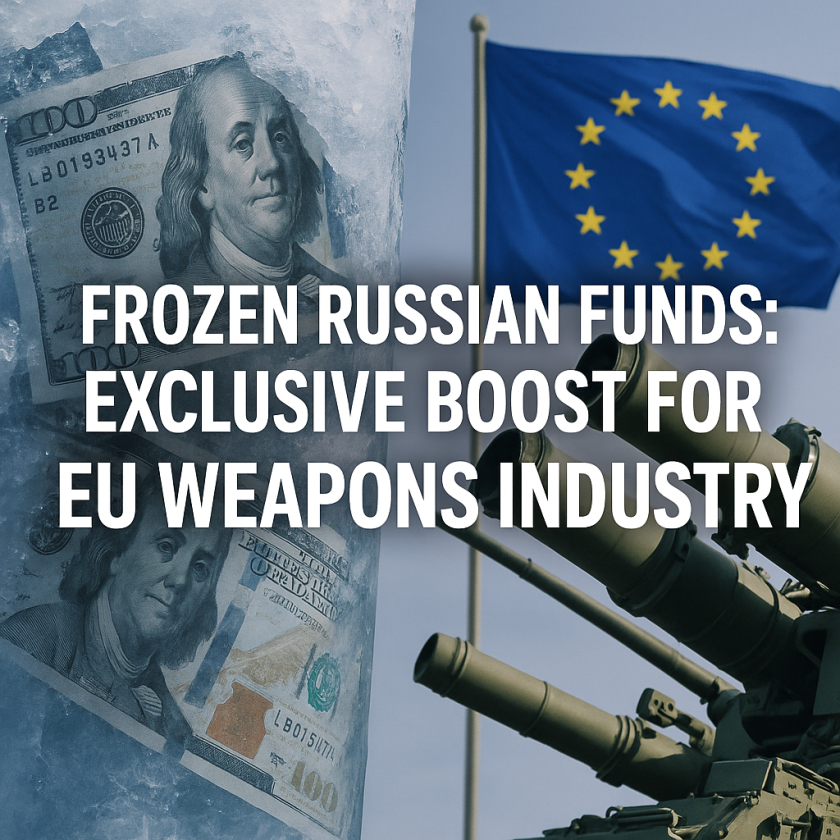Global Reactions to Trump’s Tariff Policies
Global Reactions to Trump’s Tariff Policies
Introduction
The implementation of tariff policies by former U.S. President Donald Trump sparked a wide array of reactions across the globe. These policies, aimed at protecting American industries, led to significant economic and diplomatic responses from various countries.
Economic Impacts
Trump’s tariffs primarily targeted China, the European Union, and other major trading partners, leading to a series of economic consequences:
- Trade Wars: The tariffs initiated a trade war, particularly with China, resulting in retaliatory tariffs on American goods.
- Market Volatility: Global markets experienced increased volatility as businesses and investors reacted to the uncertainty.
- Supply Chain Disruptions: Companies faced disruptions in their supply chains, leading to increased costs and operational challenges.
Diplomatic Reactions
On the diplomatic front, Trump’s tariff policies strained relationships with key allies and trading partners:
- EU Tensions: The European Union criticized the tariffs, viewing them as a breach of international trade rules.
- China’s Retaliation: China responded with its own tariffs, escalating tensions between the two economic giants.
- Global Trade Alliances: Some countries sought to strengthen trade alliances to counterbalance U.S. policies.
Domestic Reactions
Within the United States, reactions to the tariffs were mixed, reflecting a divide in public opinion and political discourse:
- Support from Industries: Some domestic industries, such as steel and aluminum, supported the tariffs as a means to protect American jobs.
- Opposition from Consumers: Consumers and businesses reliant on imported goods expressed concerns over rising prices.
- Political Debate: The tariffs became a contentious issue in political debates, influencing electoral dynamics.
Conclusion
Trump’s tariff policies had far-reaching implications, affecting global trade dynamics, diplomatic relations, and domestic economic conditions. While they aimed to bolster American industries, the resulting trade tensions and market disruptions highlighted the complexities of implementing protectionist measures in an interconnected global economy.







































